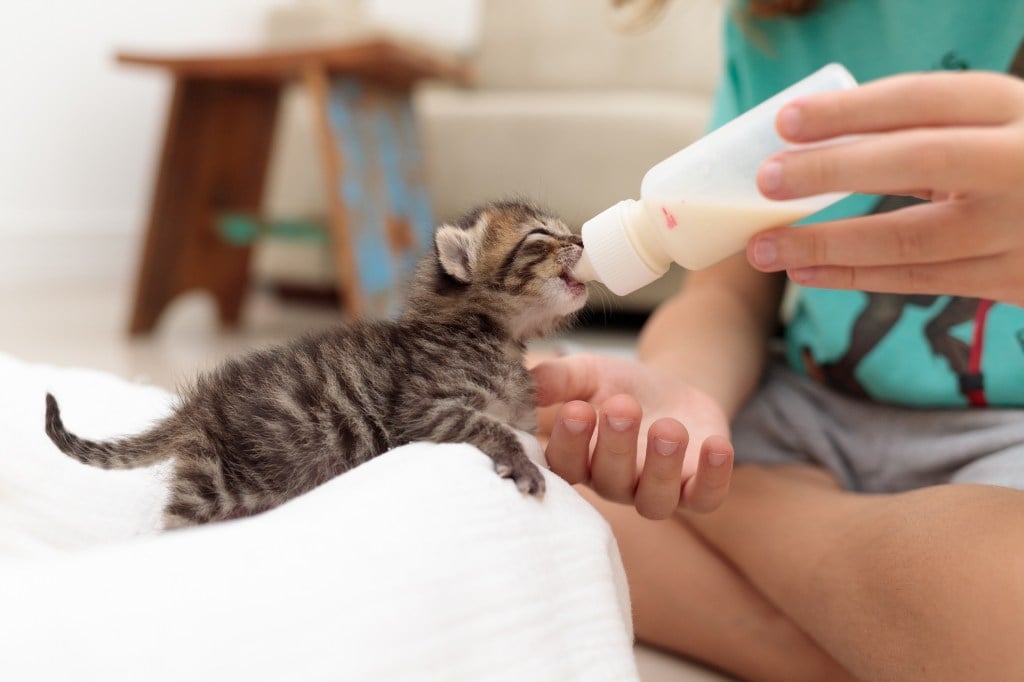Table of Contents
Key Takeaways
- Like dogs, cats can suffer from numerous eye issues from conjunctivitis to corneal ulcers to retinal damage.
- Keep a lookout for squinting, watering, changes in appearance, or excessive blinking.
- Most eye conditions require veterinarian care and bringing your kitty in for routine diagnostics and examination early on will prevent more severe disease.
Our feline pets have numerous eye issues, some of which are similar to eye issues in dogs. Eye conditions can be considered an emergency in both cats and dogs: any squinting, watering, changes in appearance, or excessive blinking should prompt immediate vet attention. For cats, they often show a decreased appetite due to eye and facial pain, so take note of any feeding habits that seem unusual. Glance at your cat’s eyes often to be aware of what is normal so you’ll know what has changed if there is an issue.
Here are the most common cat eye issues seen by veterinarians:
Conjunctivitis
The most common eye condition in cats, conjunctivitis is an inflammation of the membrane covering the inside of eyelids and a portion of the eye.
Symptoms of conjunctivitis
- Red, swollen bulge in the corner of one or both eyelids
- Increased tear production
- Cloudy, yellow, or green discharge from one or both eyes
- Squinting or keeping the eyes closed
Causes
Viral disease such as herpes is a common cause of significant conjunctivitis in young kittens and intermittent eye issues in adult cats. Other causes include environmental allergens, irritants, and bacterial infection.
Persian, Himalayans and smoosh-face cats have a facial structure that can cause tear blockage resulting in watery eyes.
Treatment and prevention
To treat conjunctivitis, your veterinarian may prescribe anti-inflammatory drugs and antibiotics to control any bacterial infection. Additional treatments may be required to control viral infections or allergic conjunctivitis.
For breeds that are predisposed to the condition, it may need to be treated with appropriate rinses or medications to prevent conjunctivitis.
Corneal ulcers
Corneal ulcers are particularly common in outdoor kitties as they are most frequently exposed to ocular hazards! Ulcers are defined as damage to the cornea (clear surface of eye).
Causes of corneal ulcers
The most common cause of corneal ulcers in cats are due to wounds, such as from getting in a scuffle with another cat or dog. Other potential causes include:
- Trauma or burns
- Disease
- Tear deficiency
- Infection
- Paralysis of facial nerve
Signs of ulcers
This damage may be apparent or your cat may give you signs such as:
- Squinting
- Discharge
- Pawing at eye
- Redness and swelling around the eye
Ulcers in cats occasionally develop a sequestrum, which is a dark discolored spot seen in the eye that occurs when the cornea dies.
Treatment for corneal ulcers
Any damage to the eye requires immediate veterinary attention. Depending on the severity of the condition, surgery may be required. Your veterinarian may also prescribe antibiotics to prevent infection and anti-inflammatory medication.
Uveitis
This condition is inflammation of the vascular portions inside the eye. Systemic disease and severe corneal ulcers are possible reasons for uveitis to develop, although the cause can remain unknown.
Signs and symptoms
- Any change in color or size of the iris or pupil (colored and black center portion of eye)
- Eyelid redness
- Squinting/sensitivity to light
- Excessive tears
- Discharge
- Eye pain
- Vision loss
Uveitis can cause other issues to develop such as glaucoma (high pressure in eye) or blindness.
Treatment for uveitis
Specific treatment for this condition depends on the underlying cause. Treatment often includes eye drops and medications to reduce pain and inflammation.
Blindness due to retinal damage
The retina is the innermost layer of the eye. Retinal disease often causes partial or full vision loss. Sometimes this loss is slow over time. Noticing any change in the way your cat travels/acts at home can help identify this early on in disease.
Retinal damage is commonly caused by high blood pressure due to hyperthyroidism, diabetes, or kidney disease.
Routine checks of blood pressure for older cats by your vet are often recommended to identify elevated blood pressure before it causes damage.
Causes of cat eye problems
Many feline eye conditions are often secondary to other diseases, which can complicate management and treatment. Secondary eye conditions can be caused by:
- Viral diseases such as herpes, feline leukemia, or feline infectious peritonitis. These can be spread between cats and kittens. Vaccinating your kitten or cat and keeping them separate from unvaccinated (or outdoor) cats can help protect your feline friend from these diseases.
- Hyperthyroidism, diabetes, and kidney disease can also cause secondary eye conditions.
As with most diseases, bringing your kitty to the vet for routine diagnostics and examination early on provides the best chance of identifying these problems before they ever manifest as eye disease.
The content is not intended to be a substitute for professional veterinarian advice, diagnosis, or treatment. Always seek the advice of your veterinarian or other qualified health provider with any questions you may have regarding a medical diagnosis, condition, or treatment options.
Kristonn Colborn, DVM, is a small animal and equine veterinarian in Bend, Oregon focusing in primary and emergency care. She graduated from the University of Florida with doctor of veterinary medicine degree.






